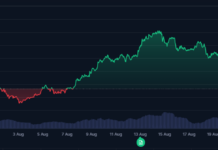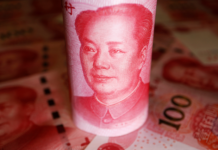The Ninh Thuan Nuclear Power Plant project, Vietnam’s first-ever nuclear power initiative, is accelerating its development, with a primary focus on land clearance, resettlement, and relocation efforts.

Illustrative image generated by AI.
According to the latest reports on September 16, 2025, a delegation from the Ministry of Finance, led by Deputy Minister Nguyen Duc Tam, met with the People’s Committee of Khanh Hoa Province (newly formed after merging with Ninh Thuan) to discuss the progress of resettlement, relocation, and land clearance for the Ninh Thuan 1 and Ninh Thuan 2 nuclear power plants (part of the Ninh Thuan Nuclear Power Plant project).
The province has achieved significant milestones, though challenges remain to ensure timely completion.
The People’s Committee of Khanh Hoa Province announced that the total investment for the resettlement and relocation project of both Ninh Thuan 1 and 2 is estimated at 12,392 billion VND. To date, the central government has allocated 3,236 billion VND to Khanh Hoa Province, with the province committing to disburse this amount within 2025.
The Ninh Thuan Nuclear Power Plant project (comprising Ninh Thuan 1 and 2, with a combined capacity of approximately 4,000 MW) is a national key initiative, approved by the National Assembly in 2009 and officially relaunched in 2025 after an 8-year hiatus.
The project aims to diversify Vietnam’s energy sources, enhance energy security, and support the nation’s Net Zero target by 2050. Nuclear power, with its low emissions and high efficiency, is a critical pillar in achieving this commitment, alongside renewable energy and energy-saving solutions.
The First-Ever Mega Project in Vietnam’s History: “Laying the Groundwork”: A Global Race to Build
The existence of this first-ever structure in Vietnam’s history is of utmost significance in today’s global context.









































